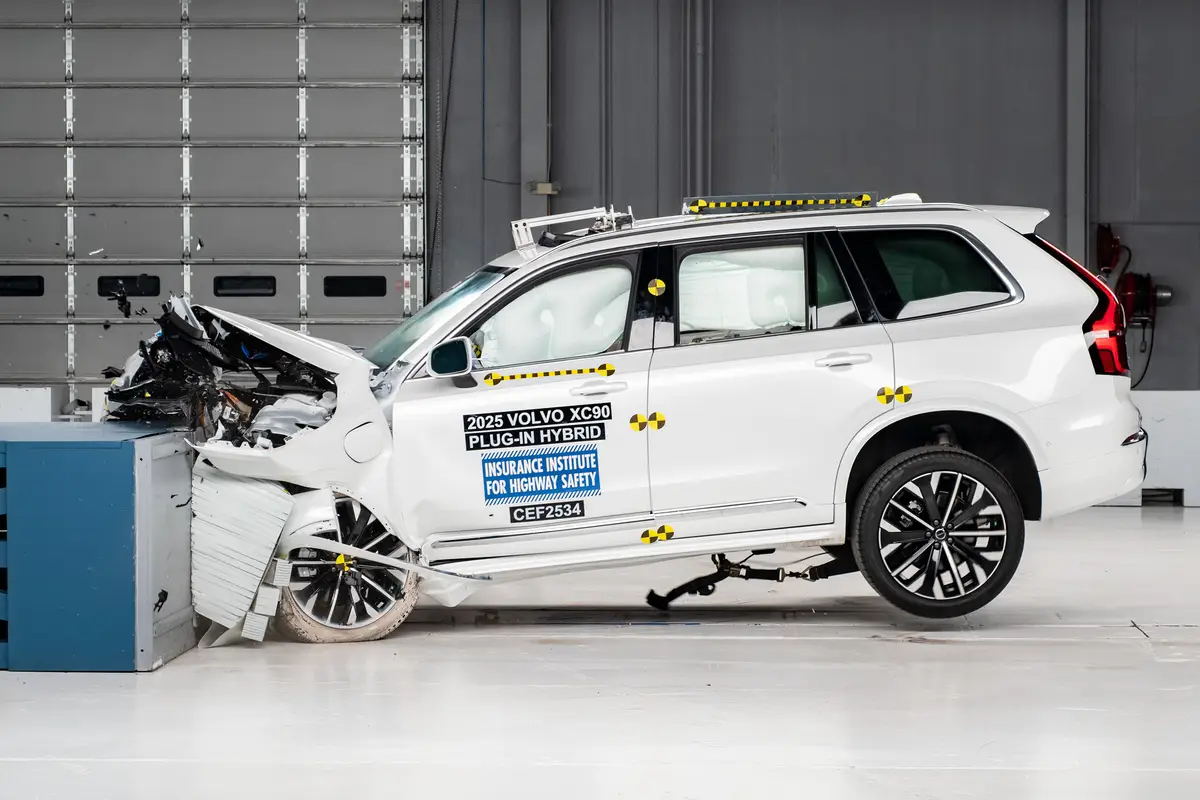TheMercuryNews.com's view
After 34 years, Toyota finally has conceded that the Corolla isn’t the small car for every small-car buyer.
Introduced in 1966 in Japan, and 1968 in the United States, and sold in 142 countries, the Corolla now holds the title as the world’s all-time best-selling passenger car, Toyota says. Sales have passed 25 million, the company says, meaning more Corollas have been sold than Ford Model Ts or Honda Civics or British Minis.
But, as Toyota puts its ninth-generation 2003 Corolla sedan on sale next month, it acknowledges that the car is no longer the end-all, be-all for the compact-car buyer.
That acknowledgment comes in the form of the 2003 Matrix, a vehicle that shares the Corolla’s chassis and many of its mechanical parts, but is a world apart in its design, image and mission.
Think of the Corolla as a bowl of tomato soup, and the Matrix as a dish of fiery salsa. Both start with tomatoes, but end up at very different points of the culinary spectrum.
“Their personalities and their priorities find little common ground,” said Steve Sturm, vice president of marketing for Toyota Motor Sales, USA.
The Corolla remains a bread-and-butter, middle-of-the-driveway compact car. Prices start at $13,370, down 12.3 percent from comparatively equipped 2002 models. The typical Corolla owner is 44 years old, and has a small family.
That’s positively ancient in an automotive market where brands are gouging eyes and poking ribs to get younger buyers.
The California-designed Matrix is something different. Toyota calls it a “cross-over utility (CUV),” an acronym that’s unlikely to catch on with the public. Most will call the Matrix a tall wagon or a five-door hatchback. Besides its unusual silhouette, the Matrix will attract buyers with two other features: an available 180-horsepower, 1.8-liter four-cylinder engine and the availability of four-wheel-drive.
“It will be the first Toyota vehicle to be truly successful in bringing in that 30 or younger buyer that they’ve been unable to bring in before,” said Wes Brown, an analyst with NexTrend. “In concept and styling, how it drives and what it offers at that price point will completely transcend Toyota’s image of not being hip and cool.”
With a starting price of $14,670 — the high-performance XRS version will sell for $18,750 — the Matrix will be marketed to “a mostly single audience, 20 to 30 in age,” Sturm said.
“Young buyers want vehicles that are high in image and high in functional utility,” he said.
On the outside, the Matrix has an aggressive front end with large headlights and a wide-mouth air dam, and a sloping roof line. On the inside, the trim is brushed metal, the instruments are recessed and illuminated in orange light and the shifter gets an unusual center/bottom of the dash board placement. The front passenger and second-row seats all fold flat and the heavy plastic seat-backs feature tie-downs f or sports equipment or other cargo.
Corollas are built in Canada and at the Toyota-General Motors joint-venture plant in Fremont. The Matrix is only built in Canada, while an essentially similar vehicle, the Pontiac Vibe, is built at New United Motor Manufacturing (NUMMI) in Fremont.
Here’s a brief glimpse of what Toyota offers in the 2003 Corolla and Matrix.
• Corolla. The 1.8-liter four-cylinder engine carries over from the previous Corolla, but engineer tweaks boost horsepower from 125 to 130. A five-speed manual transmission is standard, but a four-speed automatic transmission is available. Gas mileage will be 32 mpg (city) and 40 mpg (highway) on manual-transmission models.
Increases in wheelbase (from 97 inches to 102.4 inches) and overall length (174 inches to 178.3 inches) mean more room for passengers. Rear leg room, for instance, grows from 33.2 to 35.4 inches. The trunk is bigger, too.
T yota notes an improved suspension, bigger brakes, iridium-tipped spark plugs with a 120,000-mile service interval and third-generation air bag inflators as the major technical innovations of the car.
Toyota describes the styling of the ’03 Corolla as “more muscular, more athletic and more upscale,” but it appears to be more of the same to other eyes, not straying far from its conservative roots.
The base model, the CE, will come with cloth seats, air conditioning, an AM/FM/CD stereo and 15-inch wheels. It has a starting price of $13,370. The LE version, which starts at $14,680, adds wood trim, vertical seat-height adjusters, color-keyed mirrors and body moldings, power windows, locks and mirrors, upgraded tires and remote keyless entry. A LE with an automatic will sell for $15,480.
There’s also a sportier S model, with a starting price of $14,515, that gets a distinctive, metallic-looking instrument cluster, sport seats, a leather-wrapped steering wheel and shifter, smoked headlamps, fog lamps, a chrome exhaust tip and a front spoiler, rear under-spoiler and side skirts.
Leather seats will be optional on the Corolla for the first time.
• Matrix. Variations aplenty should please most potential Matrix buyers, although you can’t get both the stronger engine and the four-wheel-drive system. Both the base and XR models are offered in front- or four-wheel-drive versions. Both carry the same 1.8-liter four-cylinder engine that’s found in the Corolla, although it only makes 123 horsepower in the four-wheel-drive Matrix vs. 130 in the front-wheel version. These versions come with either a five-speed manual or a four-speed automatic.
The front-wheel-drive Matrix XRS gets the same 180-horsepower engine that’s found in the Celica GT-S sports coupe. It’ll be sold with either a six-speed manual or a four-speed automatic.
Matrix prices range from $14,670 to $18,750. Options include a DVD-based navigation system that includes a six-disc CD changer, side air bags and a sunroof.
Latest news



